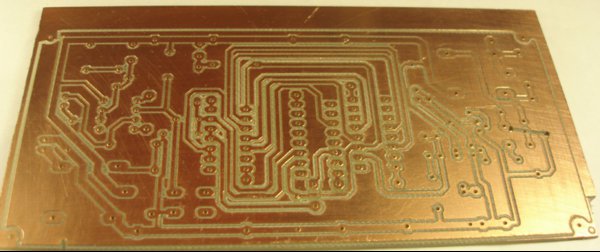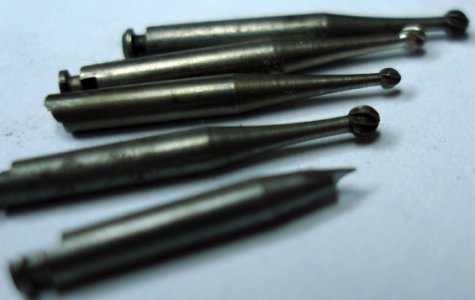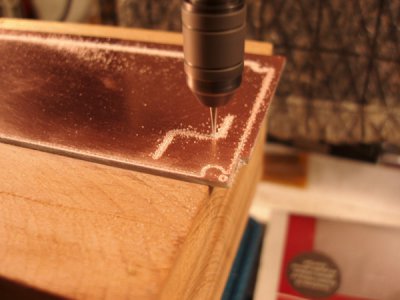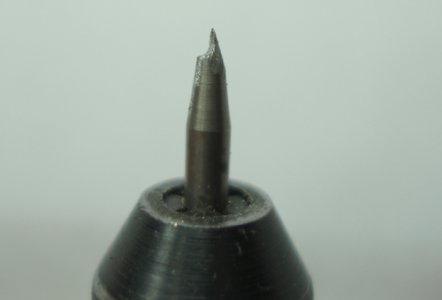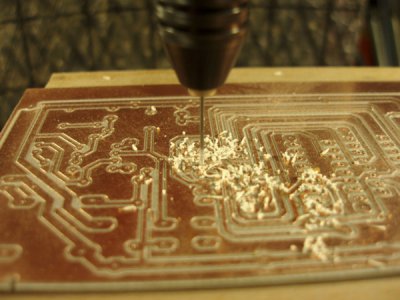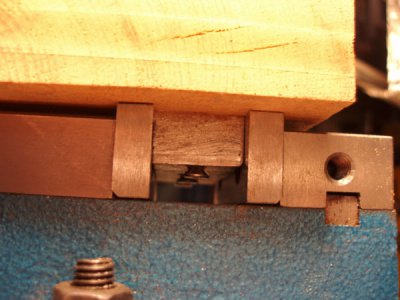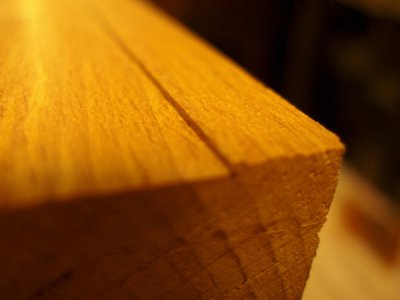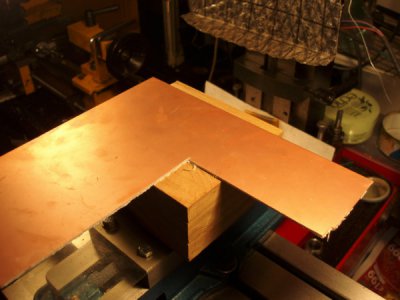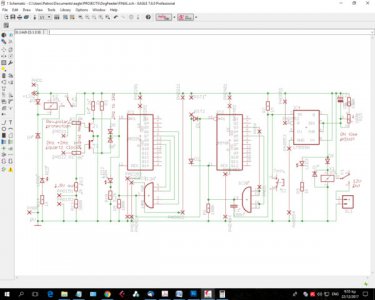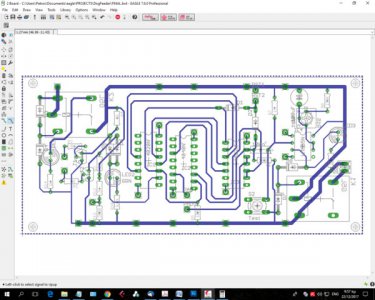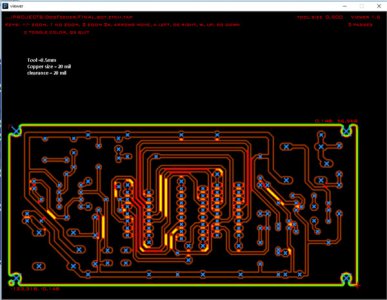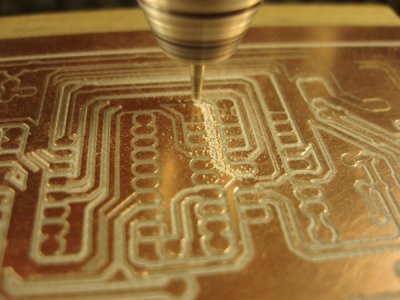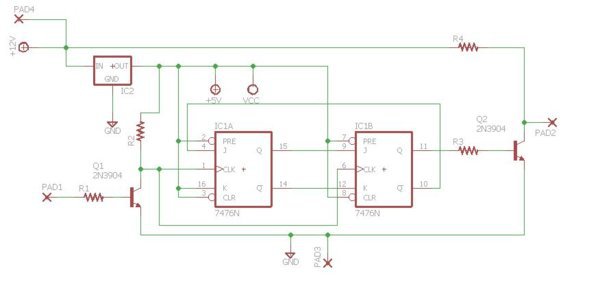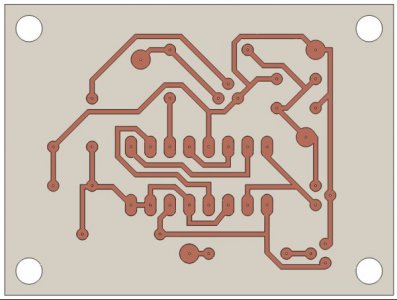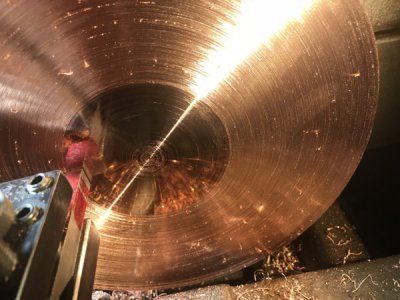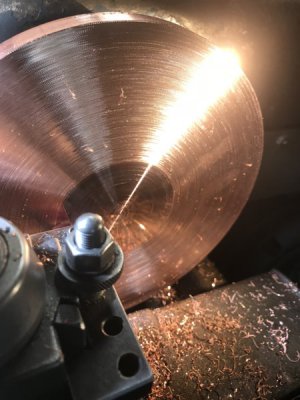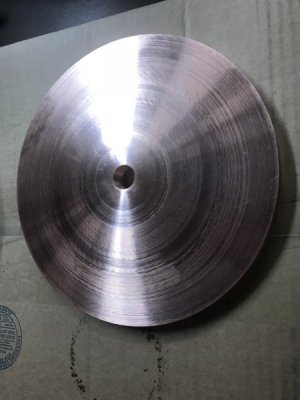- Joined
- Dec 31, 2013
- Messages
- 327
Since I needed to roll the 4x6 drop saw into the main shop to cut quite a bit of metal for this summer's main fabrication project, I thought it was time to complete all the mods I wished to perform on this faithful tool.
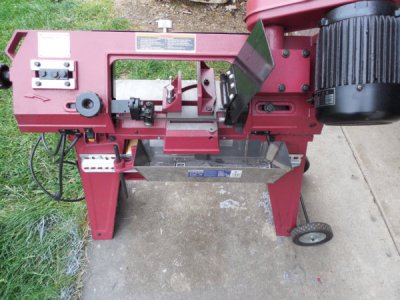
Some of the mods were performed a few years ago, like hman's drywall mud pan shavings catcher which actually works quite well. The big improvement this time was the folding work table for cutting in the vertical position. Right now it's stowed and out-of-the-way for drop saw use.
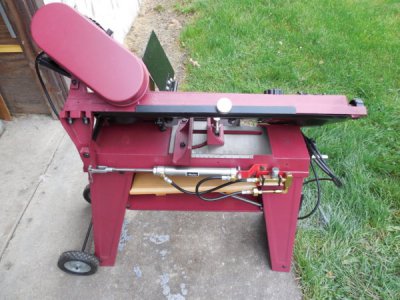
I also tweaked the hydraulic down feed mod that was done earlier. It seems that it's impossible to completely get all the air out of such a system, but since most of that air seems to be at the ends of the piston stroke it doesn't seem to matter that much.
The two big advantages of the hydraulic down feed over the factory spring: you can easily lock the saw's movement so you can position the work at the correct spot and you get a better cut because the down feed is more consistent especially cutting tubing and angle iron.
The shelf below holds tooling for the saw, which is all located on the saw itself do it doesn't get lost.
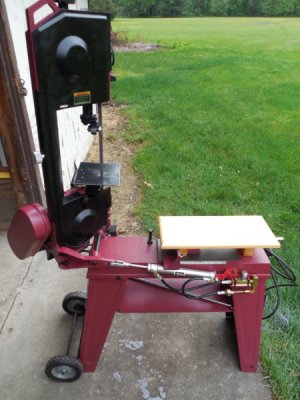
Here you can see the saw in vertical mode, with the cutting table down and a wooden seat held with the vise. Trust me, for bigger jobs it's a lot more comfortable to sit on that board than to sit on the vise. While it will never be as nice as true vertical band saw with a big heavy table, it only takes about 10 seconds to setup like this and it's already proven to be quite handy. I don't have room for another saw anyway...
And that completes the mods for this saw as I'm pretty happy with the way it works now. Most of these mods I would classify as extending the capabilities of the saw, not fixing a bad design or polishing a turd. Sure, a bigger drop saw would cut much faster and already have a hydro. down feed, They are also are bigger, heavier and more expensive. This saw is small and light enough to easily roll where I need it and once you go through the initial setup does a nice job in cutting the small stock I use in my hobby work.

Some of the mods were performed a few years ago, like hman's drywall mud pan shavings catcher which actually works quite well. The big improvement this time was the folding work table for cutting in the vertical position. Right now it's stowed and out-of-the-way for drop saw use.

I also tweaked the hydraulic down feed mod that was done earlier. It seems that it's impossible to completely get all the air out of such a system, but since most of that air seems to be at the ends of the piston stroke it doesn't seem to matter that much.
The two big advantages of the hydraulic down feed over the factory spring: you can easily lock the saw's movement so you can position the work at the correct spot and you get a better cut because the down feed is more consistent especially cutting tubing and angle iron.
The shelf below holds tooling for the saw, which is all located on the saw itself do it doesn't get lost.

Here you can see the saw in vertical mode, with the cutting table down and a wooden seat held with the vise. Trust me, for bigger jobs it's a lot more comfortable to sit on that board than to sit on the vise. While it will never be as nice as true vertical band saw with a big heavy table, it only takes about 10 seconds to setup like this and it's already proven to be quite handy. I don't have room for another saw anyway...
And that completes the mods for this saw as I'm pretty happy with the way it works now. Most of these mods I would classify as extending the capabilities of the saw, not fixing a bad design or polishing a turd. Sure, a bigger drop saw would cut much faster and already have a hydro. down feed, They are also are bigger, heavier and more expensive. This saw is small and light enough to easily roll where I need it and once you go through the initial setup does a nice job in cutting the small stock I use in my hobby work.


